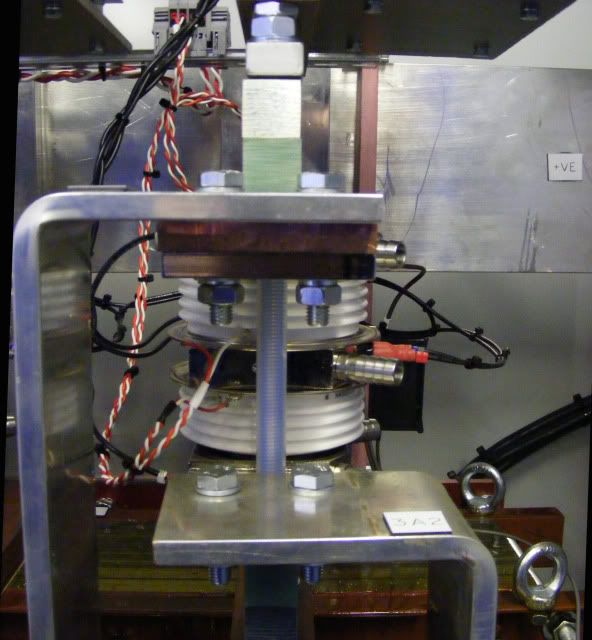- 06 Mar 2016 04:57
#14657931
Really???
Let me remind you of what he accused me of:
I have not once responded in kind. Not once.
So try to work out who is attacking whom here before you make such invalid accusations.
mikema63 wrote:Do you? All I've seen you do this entire thread is try to make everybody think you're smart and to attack Rancid. Neither of which have anything to do with the topic.
Really???
Let me remind you of what he accused me of:
You're a fairly new member to pofo. Some advice; being combative and being a general dick
I have not once responded in kind. Not once.
So try to work out who is attacking whom here before you make such invalid accusations.


















 - By wat0n
- By wat0n